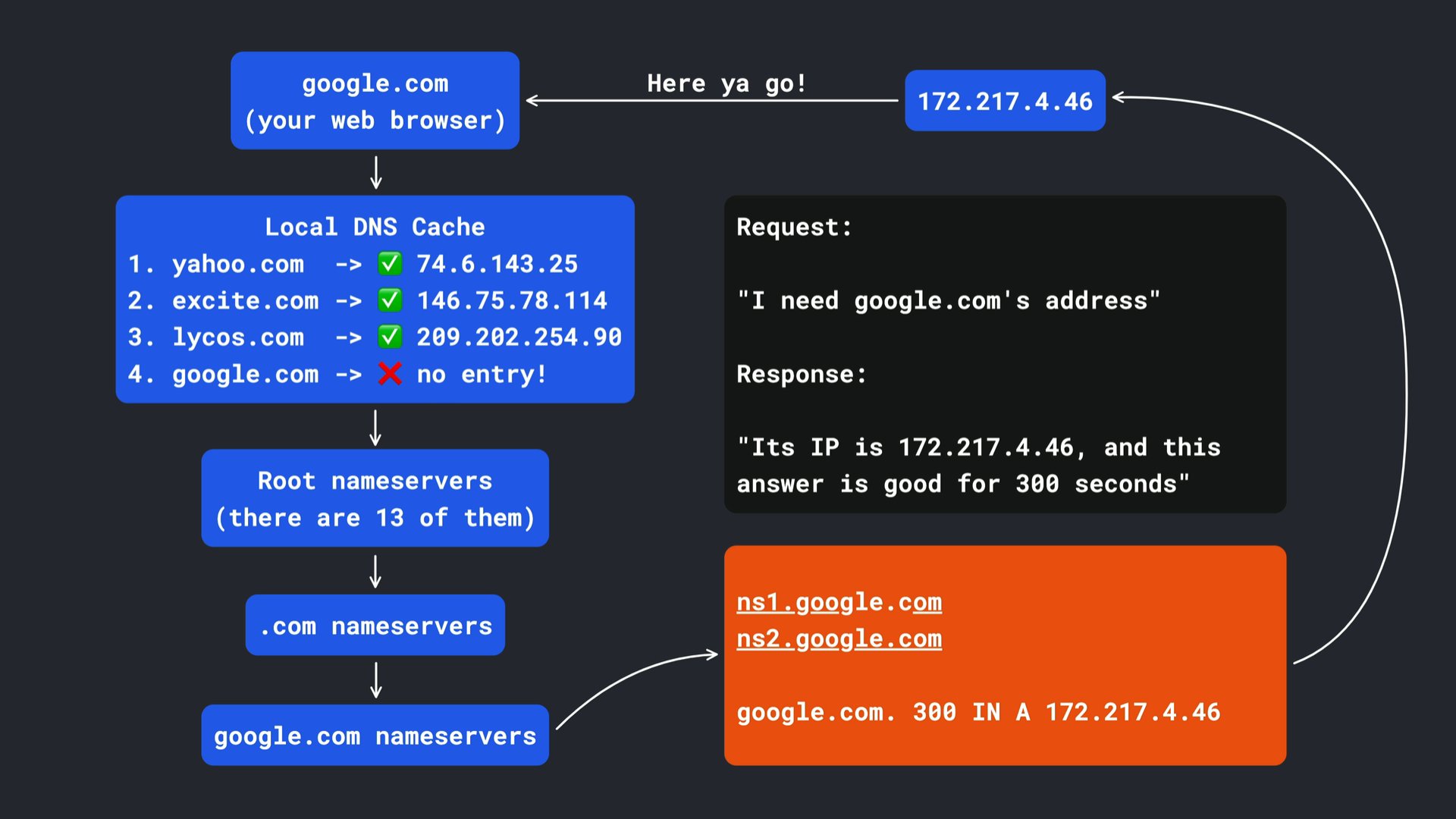How DNS converts domain names to IP addresses
Learn how DNS converts human-friendly domain names into computer-friendly IP addresses, and how resulting entries are cached along the way.

Only available to enrolled or University students.
Join today to unlock hundreds of premium lessons.
Learn how DNS converts human-friendly domain names into computer-friendly IP addresses, and how resulting entries are cached along the way.